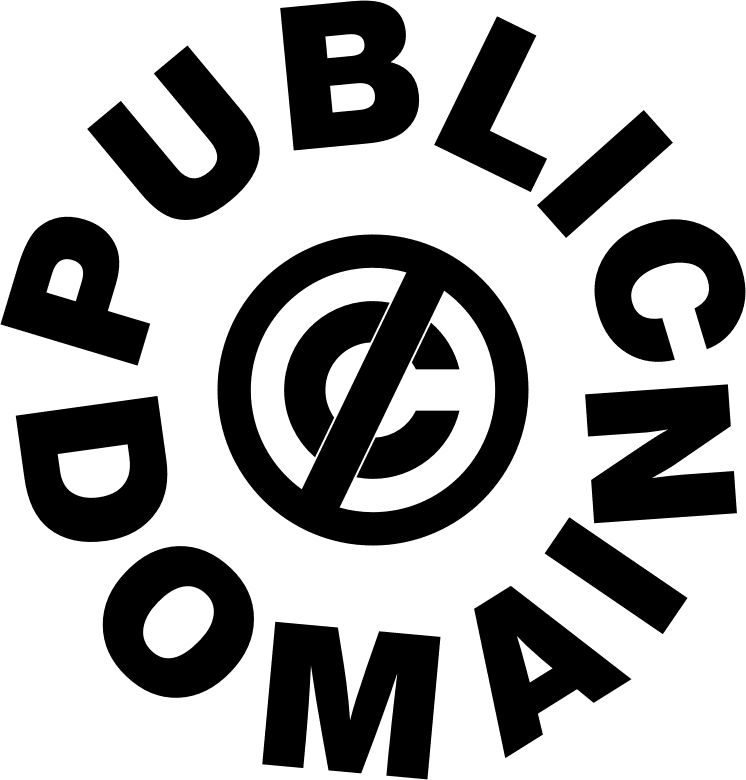
Another key concept when thinking of using music legally is that of public domain. Generally speaking, whenever someone says that a certain work is from the public domain, they’re saying that that piece is no longer under copyright protection. And that is true—for the most part. The idea is the correct one, but there are nuances worth considering. For this reason, this entry explores the aforementioned considerations so that you have a clearer idea of what you’re getting into.
Public Domain 101
Let’s begin with a broader definition: public domain consists of all the creative work to which no exclusive intellectual property rights apply. A great example of this, within the musical realm, is Ludwig van Beethoven’s creations, which no longer hold a copyright protection. Going into detail, a more particular definition is that public domain music is the type of music that no longer has exclusive intellectual property rights.
The Reasons
There are several reasons why this is no longer the case, but there are three that are the most common. Firstly, the rights the music used to hold have already expired. This is the case of various pieces that are considered “old”—“old” as in George Gershwin’s Rhapsody in Blue, from 1924, or Beethoven’s ouvre. (Overall, the agreement of how “old” a piece can be is “all pre-historical works,” i. e. before 1925.) Secondly, music can become public domain when the copyright-holders have intentionally placed them in the public domain. Two examples of this are copyright abandonment or the Creative Commons Zero dedication. Thirdly, the music might belong to this category because there were no rights in place from the beginning. And this is the case of tunes that predate the existence of intellectual property.
Final Considerations
In brief, you can freely use those works that belong to the public domain. That is, you won’t be needing the permission of a copyright owner (i. e. securing a license). However, don’t forget that musical works and recordings are different—as we’ve discussed in our series on copyright and royalties within the section music marketing. So, for instance, if you want to produce an interpolation, a sample, a mashup, a remix, or a cover song, it’s better to make sure that the tunes you’re using fall into it.
A final consideration is the following: depending on your intent, you must also double-check if the public domain status applies to countries other than your own. In that way, if you tour internationally, you won’t get into trouble by performing your music! Remember: it all comes down to using music respectfully and, thus, legally.
